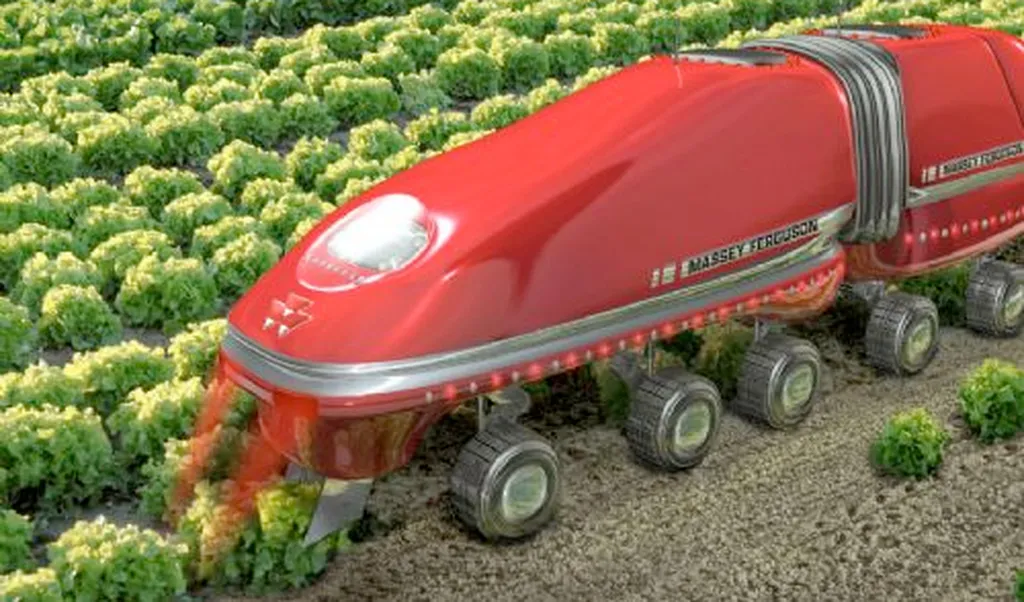In the heart of China’s Jiangsu province, a team of researchers led by Zhiyu Zuo from the College of Agricultural Engineering at Jiangsu University is tackling a pressing issue in modern agriculture: the labor shortage in broccoli harvesting. Their solution? A novel end effector designed to revolutionize selective broccoli harvesting, particularly in dense planting conditions. This innovation could significantly impact the agricultural sector, offering a glimpse into the future of robotic harvesting technologies.
The team’s research, published in the journal *Agriculture* (translated from Chinese), addresses the limitations of current harvesting technologies. Traditional end effectors, with their large operational envelopes and poor adaptability, have hindered the commercialization of selective broccoli harvesters. Zuo and his colleagues have developed a novel end-effector that integrates a transverse cutting mechanism with a foldable grasping cavity. This design departs from conventional fixed cylindrical cavities, utilizing actuated grasping arms and a mechanical linkage system to reduce the operational footprint and enhance maneuverability.
“Our design parameters were optimized based on broccoli morphological data and experimental measurements of the maximum stem cutting force,” Zuo explained. The team employed dynamic simulations to validate the operational trajectory, ensuring interference-free motion. Field tests demonstrated impressive results, with an operational success rate of 93.33% and a cutting success rate of 92.86%. The end effector successfully operated in dense planting environments, effectively avoiding interference with adjacent broccoli heads.
The implications of this research are profound. As agricultural labor shortages continue to challenge the industry, robotic harvesting technologies offer a promising solution. Zuo’s end effector could pave the way for the commercial adoption of these technologies, transforming the way broccoli is harvested and setting a precedent for other crops.
The success of this research could also have broader implications for the agricultural sector. By reducing the reliance on manual labor, robotic harvesters can improve efficiency, reduce costs, and enhance the consistency of harvests. This could lead to increased productivity and profitability for farmers, as well as a more stable food supply for consumers.
Moreover, the development of such technologies could stimulate economic growth in the agricultural technology sector. As demand for robotic harvesters increases, so too will the need for research, development, and manufacturing of these advanced systems. This could create new jobs and opportunities, further boosting the economy.
In the words of Zhiyu Zuo, “This research provides a robust and promising solution that advances the automation of broccoli harvesting.” As the agricultural industry continues to evolve, innovations like this end effector will play a crucial role in shaping its future. The journey towards fully automated harvesting is still ongoing, but with each breakthrough, we move one step closer to a more efficient and sustainable agricultural future.
The research was published in the journal *Agriculture*, offering a beacon of hope for the future of robotic harvesting technologies. As the world grapples with labor shortages and the need for sustainable agricultural practices, innovations like this end effector could be the key to unlocking a new era of agricultural productivity and efficiency.

